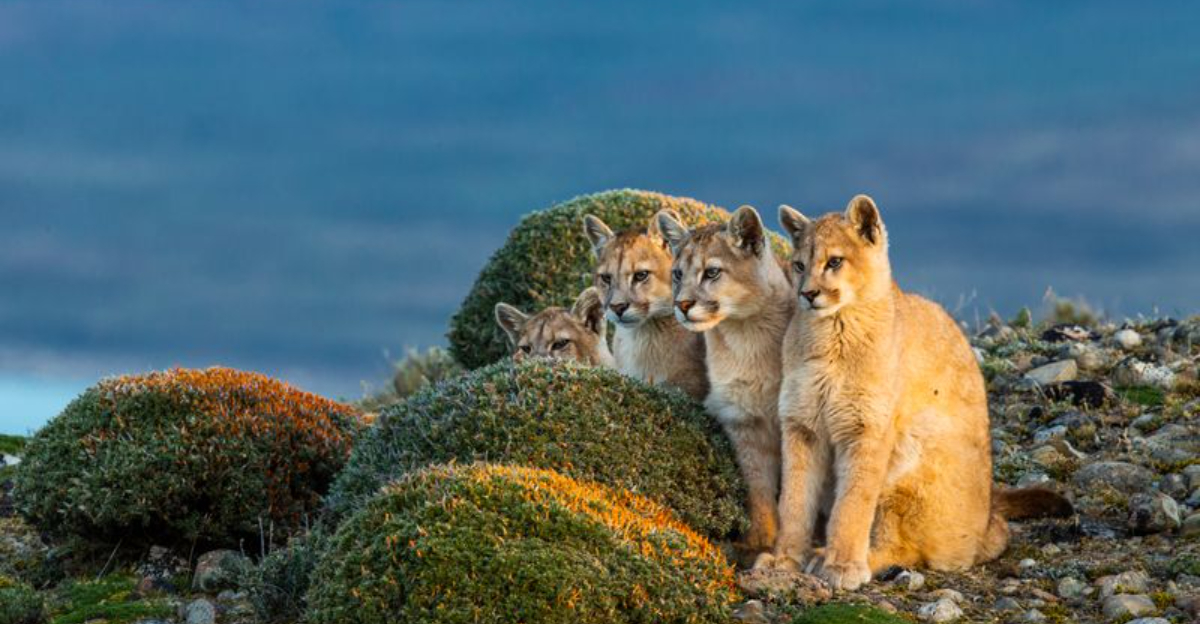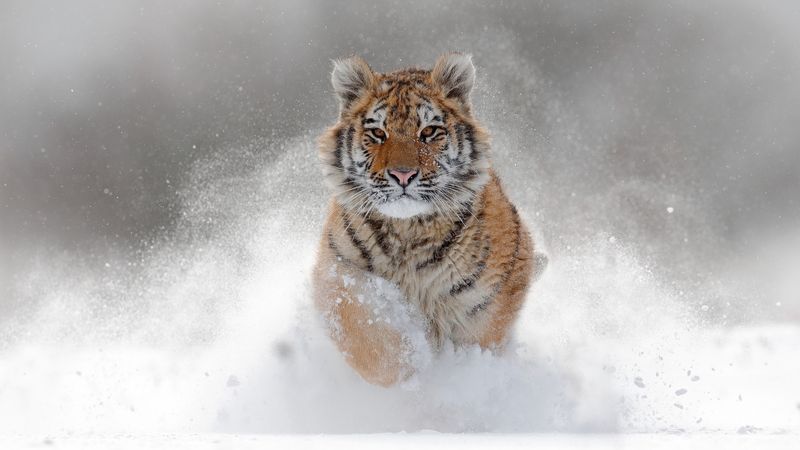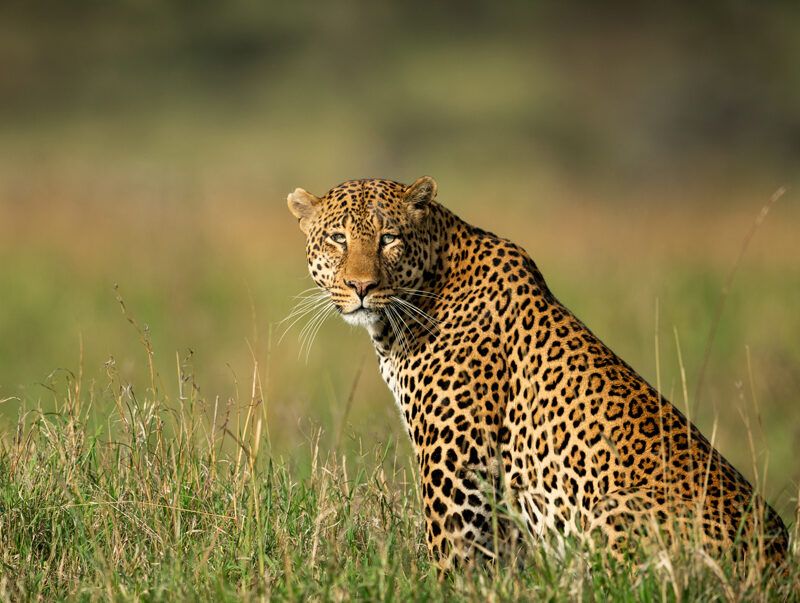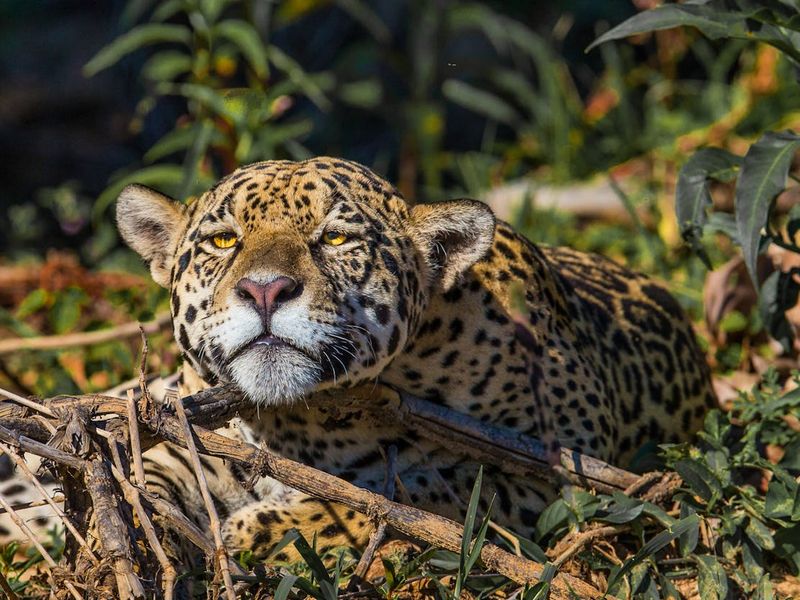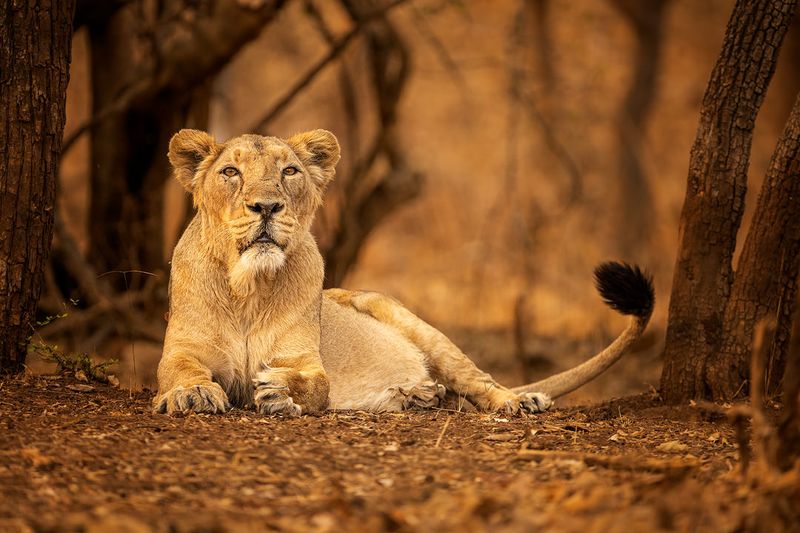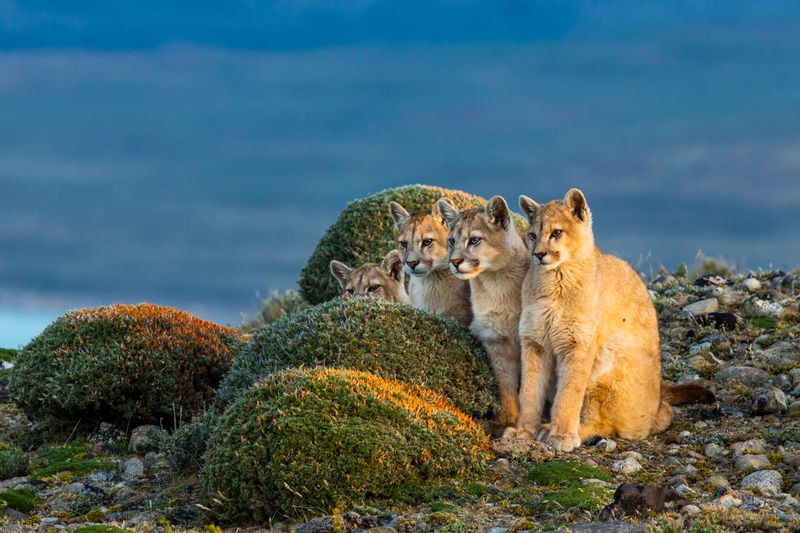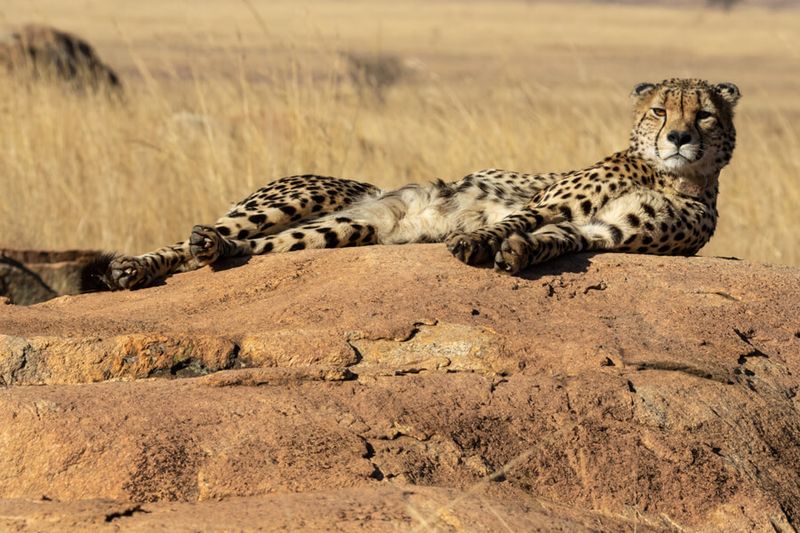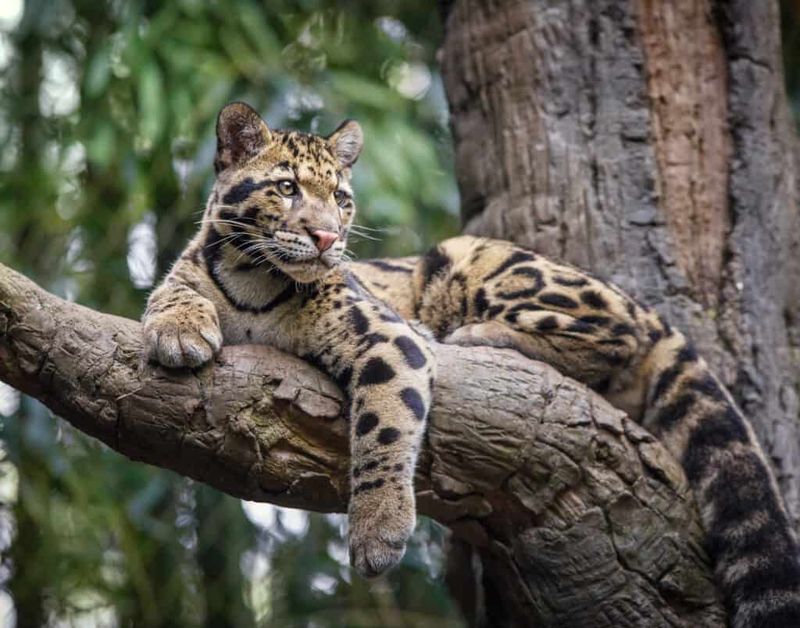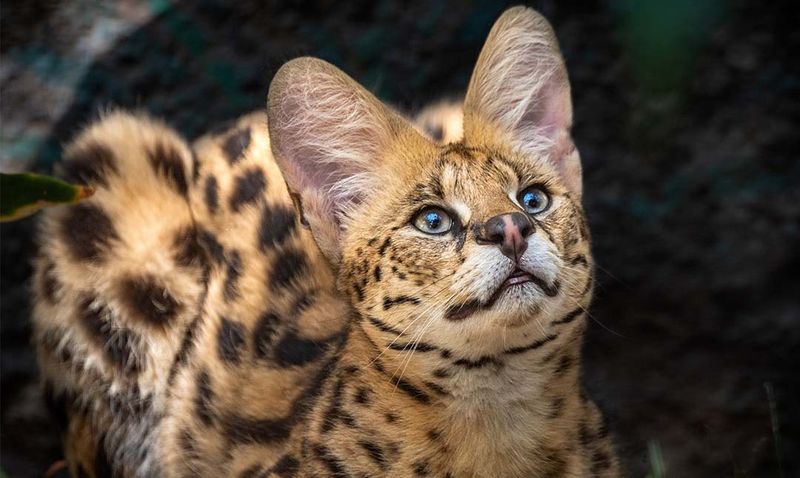📖 Table of Content:
In the wild, survival isn’t guaranteed—especially for big cats. These majestic predators face constant challenges, from finding food and defending territory to evading threats from humans and nature alike. While all big cats are powerful in their own right, their lifespans vary greatly depending on species, environment, and behavior.
Some species have evolved with traits that help them thrive longer in their natural habitats. Whether it’s keen stealth, physical resilience, or adaptability to different ecosystems, certain big cats manage to stretch their years further than others. On the flip side, others struggle with shorter lifespans due to competition, vulnerability to injuries, or harsh climates.
This article breaks down five wild big cats known for their longevity and contrasts them with five others that tend to have shorter lifespans. Each one has a unique story tied to how long they roam the wild before nature takes its course. Let’s dive into the fierce world of felines and explore who lasts longest—and who doesn’t.
1. Tiger
Tigers dominate as the largest of all big cats, and they live long partly because they reign with few threats. Solitary by nature, they command massive territories that help reduce conflict and stress. These apex predators are skilled hunters, with enough strength and strategy to bring down large prey. Their strong presence in dense forests and grasslands gives them access to food and shelter. In protected regions like India’s reserves, tigers often reach or exceed 15 years. Though endangered, those in healthy ecosystems can enjoy a full natural life. Conservation efforts have become key to extending their lifespans in the wild.
2. Leopard
Adaptability sets leopards apart, allowing them to thrive from savannas to snowy mountains. They’re elusive and often solitary, which helps them avoid threats from humans and rivals. Unlike lions, they don’t rely on social groups and can adjust to many environments. Their climbing skills give them an edge for hiding food and escaping danger. While some big cats struggle near human settlements, leopards have been known to coexist—sometimes right on city edges. This flexibility means they’re less exposed to starvation or predation. Their ability to move with stealth extends their survival in diverse habitats.
3. Jaguar
Jaguars are the kings of South America’s rainforests, known for their strength and thick, muscular builds. With jaws strong enough to crush turtle shells, they are lethal hunters that rarely miss. Preferring dense jungles, they benefit from terrain that keeps them hidden from threats. Water-loving and excellent swimmers, jaguars can pursue prey on land and in rivers. Fewer natural enemies mean less fighting, which increases their longevity. Poaching and deforestation remain dangers, but jaguars in remote regions often enjoy full lifespans. Isolation, in this case, works in their favor.
4. Lion (Female)
Lionesses are the backbone of their prides—dedicated hunters and fierce protectors. Unlike males, they don’t engage in as many deadly fights for dominance. Their cooperation in groups helps ensure a more stable and protected life. Females usually stay with the same pride their whole lives, reducing the risk of conflict and injury. Their roles in child-rearing and hunting also allow them to age with purpose and protection. Although environmental threats exist, many females in national parks live over 14 years. Their social bonds are a secret weapon for longevity.
5. Cougar (Mountain Lion)
Flexibility in habitat gives cougars a serious edge in survival. Found from Canada to South America, they can adapt to forests, deserts, and even urban outskirts. These agile, solitary hunters avoid danger by steering clear of human contact and competition with other predators. A cougar’s diet is also wide-ranging, from deer to small mammals, which means fewer starvation risks. Though hunted in some regions, many live in protected zones where they flourish. Their secretive lifestyle helps reduce confrontation and extend life. With low natural predation, cougars often reach a ripe age in the wild.
1. Cheetah
Cheetahs may be the fastest land animals, but their speed doesn’t guarantee longevity. Built for bursts of speed rather than strength, they’re vulnerable in fights against stronger predators. Lions, leopards, and hyenas often steal their kills, leaving them exhausted and hungry. Mothers face high cub mortality rates due to these same threats. While agile and graceful, their lightweight build makes defense a challenge. In open savannas, their visibility adds to their risk. All of this contributes to a shorter wild lifespan, often not surpassing a decade.
2. Lion (Male)
Male lions live dangerous, high-stakes lives in the wild. They fight for territory, mates, and dominance—battles that often end in injuries or death. Once defeated, they’re usually cast out and must survive alone. Their large size, while impressive, also makes them more noticeable to rivals and poachers. Without the safety of a pride, survival chances plummet. Unlike females, their roles expose them to more hazards and stress. This combination keeps male lion lifespans shorter on average.
3. Snow Leopard
Harsh mountain ranges are home to the elusive snow leopard, but these environments are unforgiving. Food sources are sparse, and competition is intense across their vast territories. Steep cliffs and icy terrain create physical challenges even for agile climbers. Human encroachment and illegal hunting further threaten their numbers. Unlike jungle cats, snow leopards don’t benefit from dense vegetation for cover. Their isolation limits breeding opportunities and aid when injured. Despite their beauty and power, their wild lives are often cut short by nature’s extremes.
4. Clouded Leopard
Shy and rarely seen, clouded leopards live mostly in forests of Southeast Asia. Their secretive nature makes them hard to study, but threats to their survival are clear. Habitat loss, poaching, and low numbers reduce their life expectancy in the wild. Though arboreal and skilled at climbing, their small size makes them easy targets. Clouded leopards don’t have the power of jaguars or the speed of cheetahs. Their solitary lives make finding mates and support difficult. Despite their mystique, their lifespan tends to be shorter due to these combined challenges.
5. Serval
Among the smaller wild cats, servals are agile and excellent hunters with a preference for tall grasslands. But their size puts them lower on the predator hierarchy. They often fall victim to larger carnivores or human threats like habitat destruction and vehicle collisions. Though adaptable, they don’t enjoy the protective benefits of big reserves like lions or leopards. Their slender frames, while great for speed and jumps, offer little defense in a fight. Being solitary, they don’t have group support when danger strikes. All these factors contribute to their shorter lifespan in the wild.
